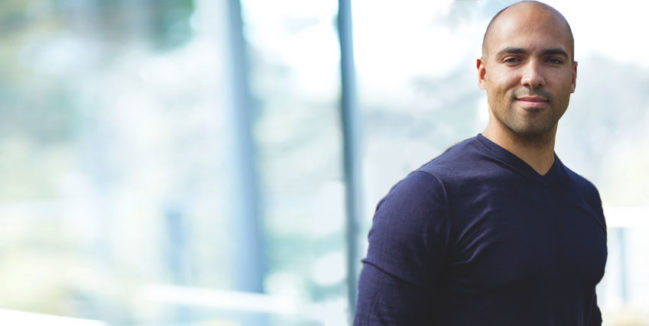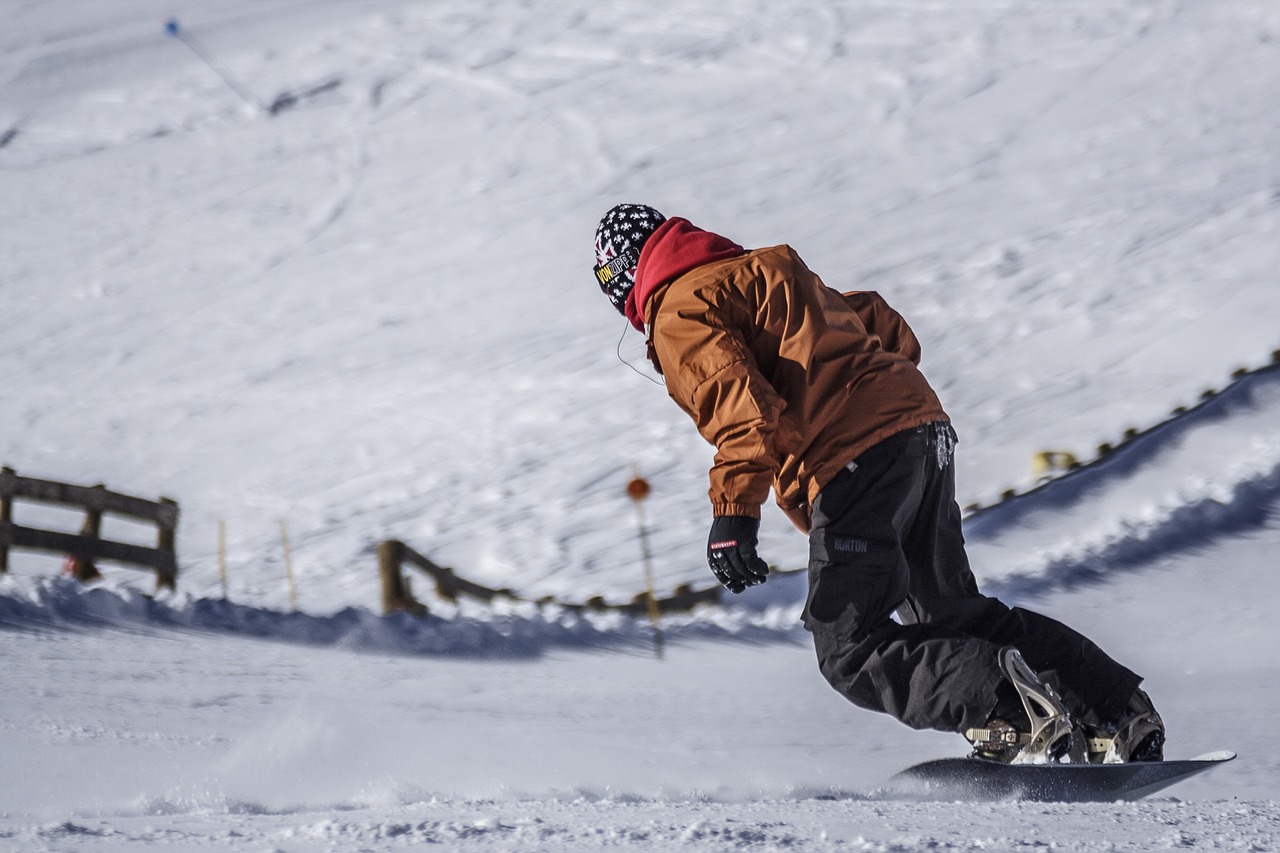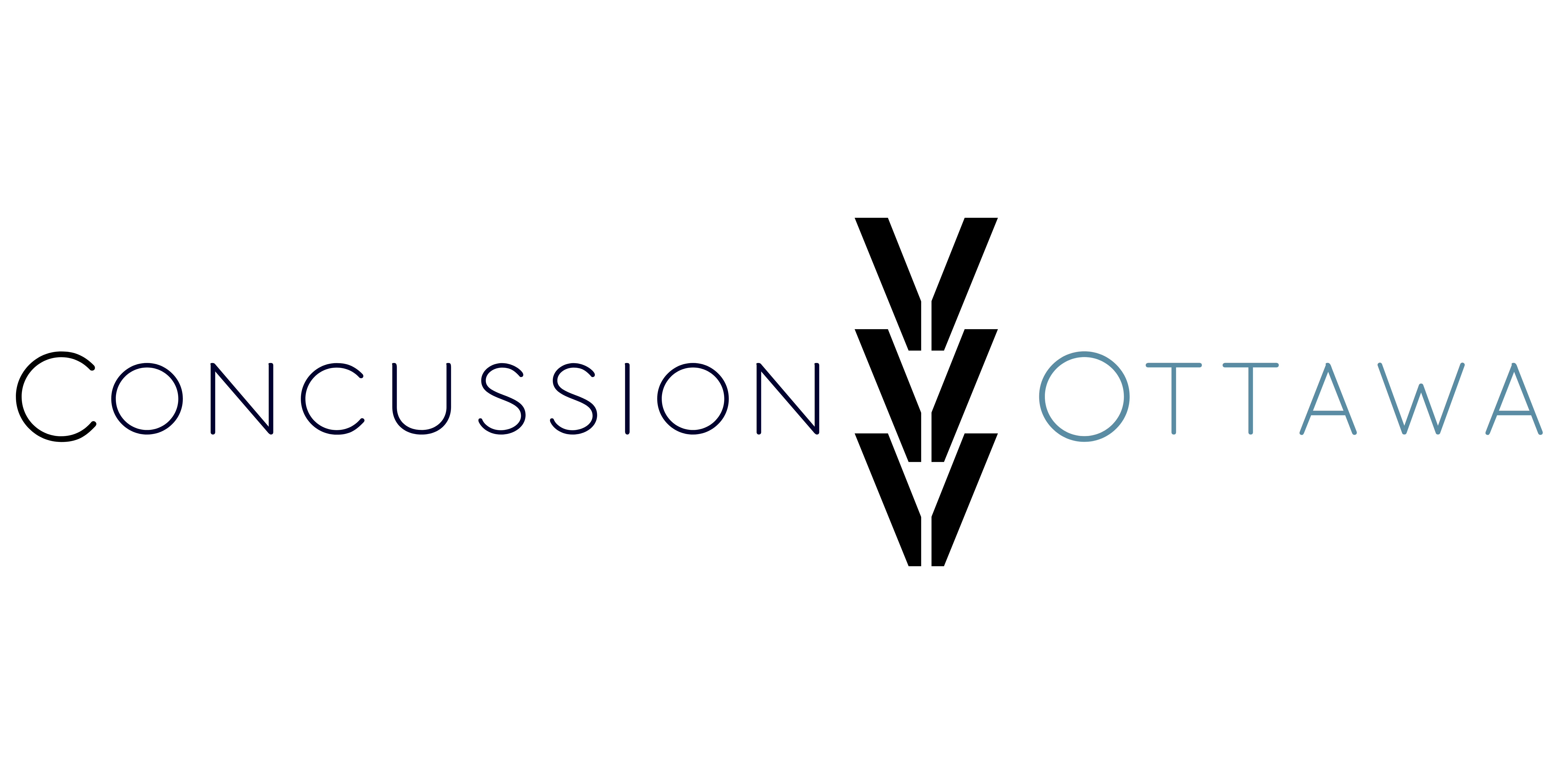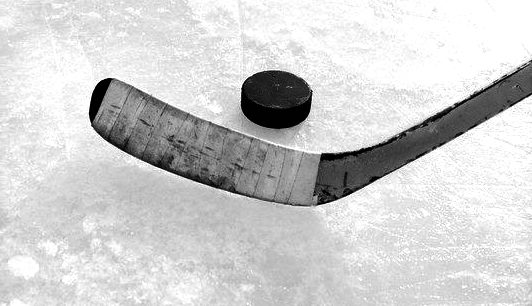Find out how Dr. Turner recovered from two different concussions.
It can be hard to find a healthcare professional that has experienced a concussion and truly understands the impact it has on one’s life. Let alone a chiropractic doctor who focuses on treatment exclusively for post-concussion syndrome (PCS).
 If I were to see a doctor for PCS treatment these days, a major vote of confidence would go towards one who can actually understand the symptoms and CAUSES of the symptoms. A favorable characteristic would be for that doctor to display empathy and compassion for how altered life has become. No pity required. Simply listen and understand. Unless you have recovered from a head injury, it can be difficult to truly understand what is going on. So here is my concussion story.
If I were to see a doctor for PCS treatment these days, a major vote of confidence would go towards one who can actually understand the symptoms and CAUSES of the symptoms. A favorable characteristic would be for that doctor to display empathy and compassion for how altered life has become. No pity required. Simply listen and understand. Unless you have recovered from a head injury, it can be difficult to truly understand what is going on. So here is my concussion story.
Of the many hits to the head I endured, there are two that stand out the most. Being the second oldest of six boys, we were incredibly active and competitive in a variety of different sports. Hockey and soccer consumed the majority of our time growing up in northern Ontario. We were constantly on road trips to nearly every hockey town in the province. In my bantam AAA year (age13-14), we were playing a hockey game up in Sudbury Ontario. I can remember towards the end of the third period, well after the play had been cleared from where I was, another player from the other team blindsided me causing me to fall backward and my head smashed against the ice. Immediately I recall seeing stars floating everywhere and I slowly skated back to the bench. I can remember just sitting there with my head down feeling a pressure building up and slowly losing touch with the game, my teammates, and the coaches around me. The game ended shortly after and I can vaguely remember skating off to the dressing room. At that point, everything was a blur. My last memory after the game was of me struggling to take off my skates and then sitting there silent.
For the next two hours, I cannot describe what happened, because I was not there. My subconscious had taken over at this point and I was on autopilot. Luckily, while still in the dressing room, one of the coaches’ assistant picked up on the fact that something was wrong with me due to my teammate’s amusement of my continuous repetitive questioning. From what I was told, I began to repeat the same two questions over and over again no matter how many times I was given the answer. “Where are we?” and… “ where is my mom?” I repeated these two questions even though my mother was right in front of me for two hours.
Back then, I was instructed not to go to sleep for fear of slipping into a coma and to avoid doing pretty much everything. It would be 2 months before I was cleared to go back on the ice.
Fortunately for me, I came home to a father who’s profession was to fix head injuries. As soon as I got home my concussion was his top priority. A thorough examination, multiple cranial and neck adjustments, and plenty of vitamins gave me a quick turn around. My headaches and stiff neck did not last long thanks to my father’s treatment. During my recovery, the biggest lingering symptom that I can remember was a feeling of brain fog. To me, it was like a feeling of heaviness mixed with what can only be described as a collection of unfocused thoughts poured onto a moving image in my mind.
I consider myself extremely lucky because I had 24hr access to treatment and my symptoms were relatively short-lived.

My second concussion was a little more traumatic. A year after my first concussion snowboard helmets were still a few years away from hitting the market. I was about 16 years old and snowboarding on an abandoned ski hill in North Bay. The snowfall for that week was perfect for off-trail riding and since the local ski hill had been closed that season we were all alone.
On this particular run, I thought it would be a great idea to ride off a small 9-10 foot cliff and over a creek. Unfortunately, at the top of the cliff, I was unaware that the snow had built up over the wreath of grass and appeared to give the edge a nice lip for my take-off. However, instead of taking off with an elevated trajectory, I sunk through the mound of snow with a force that sent me downwards instead of up and over. I landed on the other edge of the creek chest first with a loud smack!. I hit the ground with such velocity that my legs curled behind me to instantly drive the tip of my own board into the back of my head and pushed my head into the ground. The board had cut the back of my scalp right to the bone. The cut was about 6 inches wide and a gusher. After spitting out the dirt and snow, I could immediately feel a warm sensation trickling down my head, neck, and face as the blood started spilling down. I did not lose consciousness this time, thankfully. Instead, I unbuckled from my board, quickly grasped the severity of what had just happened, and began to climb down the rest of the hill on foot while holding the skin of my head together. As luck would have it, there two younger kids walking home on the road at the bottom of the hill that brought me to their place to call my parents. Too bad cell phones had several more years to be developed because my parents were not available or reachable that afternoon.
Finally, the parents of the kids who helped me were called home and they drove me to the hospital (Thank you so much. I don’t remember if I ever got to thank them).
As I was waiting for the ER doctor to sew my head back together, my mother had arrived at the hospital and came running into the room where I was laying face down with a significant portion of my bear skull exposed. As far as I know, she had no context for the situation before entering the room. She knew only that I had hit my head and was in the hospital. Needless to say that when she entered the room, it took about three seconds before she fainted to the floor and was out like a light. I remember her coming to as the nurses wafted sniffing salts under her nose to wake her up.
The recovery from my second head injury was a painful one. I could not sleep! Nothing could touch my head. Painkillers had little effect. I remember that it took a while for the damaged muscles in my neck to heal due to the whiplash. I had intense headaches for a few weeks with sensitivity to light.
The treatment I received from my father was focused on the whiplash and more to the front of the head due to the hypersensitivity at the back. Roughly a month later, I was symptom-free and back on my snowboard.
What I learned from these two injuries is that the sooner you get treatment after your head injury the faster your recovery and better your prognosis. I was lucky! I was not in the 14% of concussion cases that become post-concussion syndrome. I am incredibly thankful for that and for being the son of Dr. Roger Turner who was always there to take care of us whenever we were broken.

